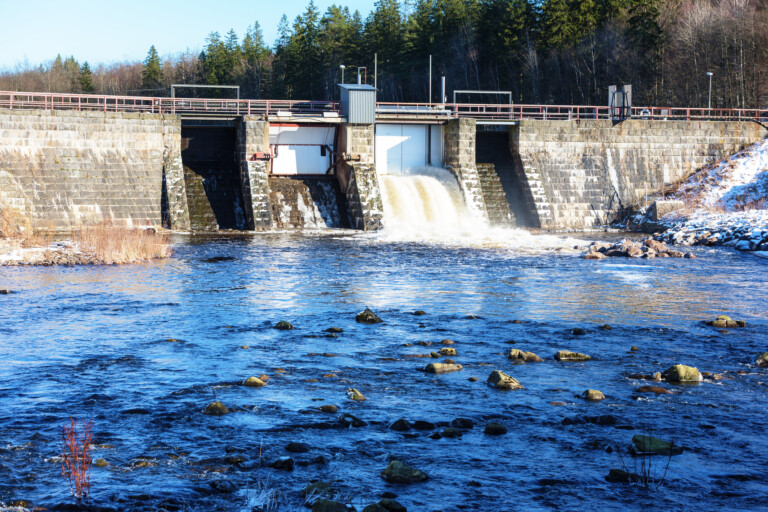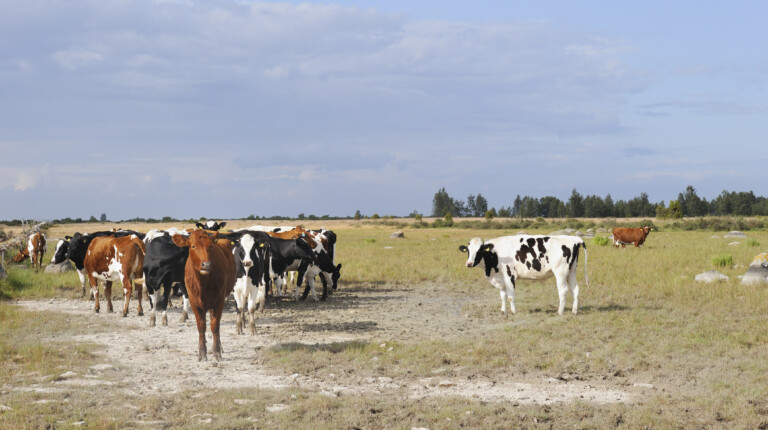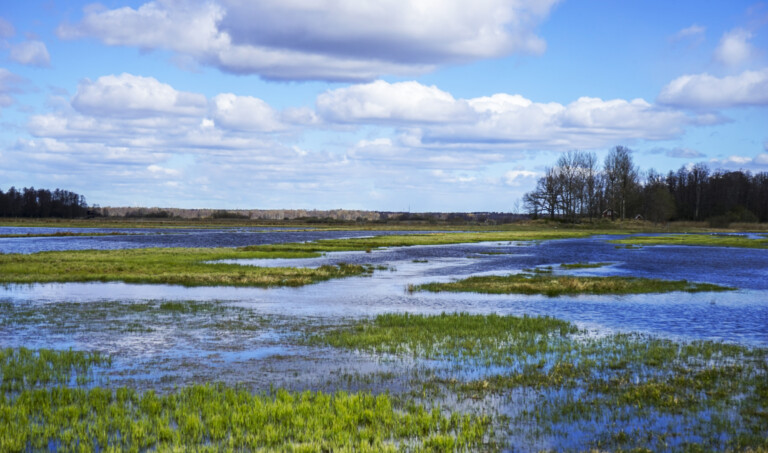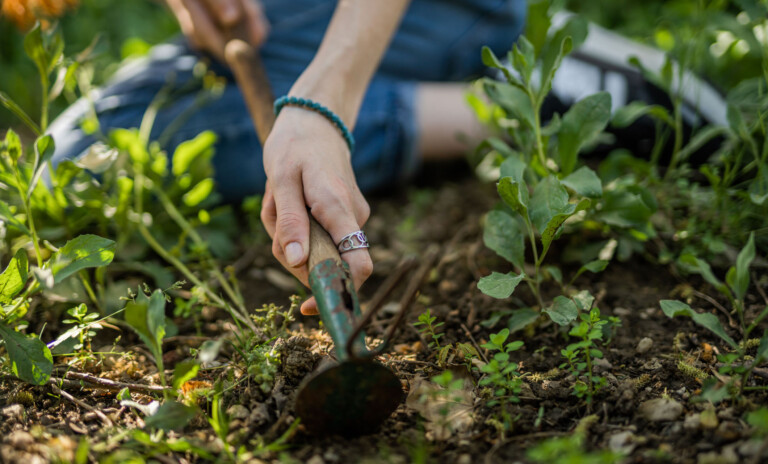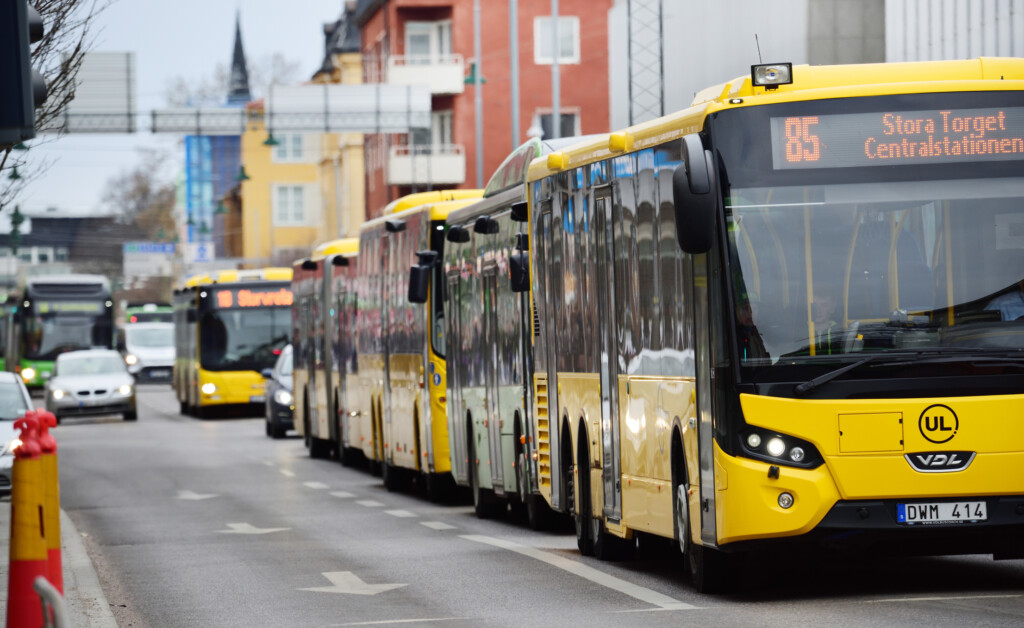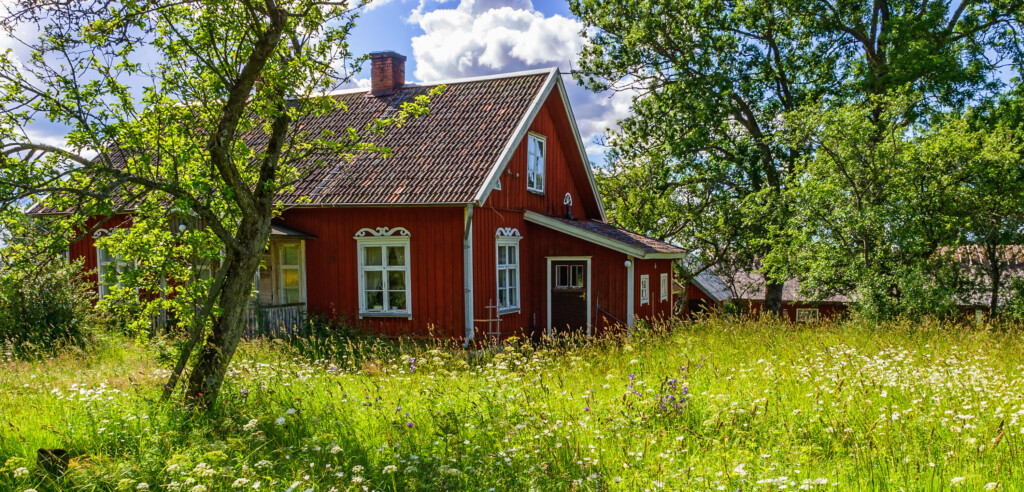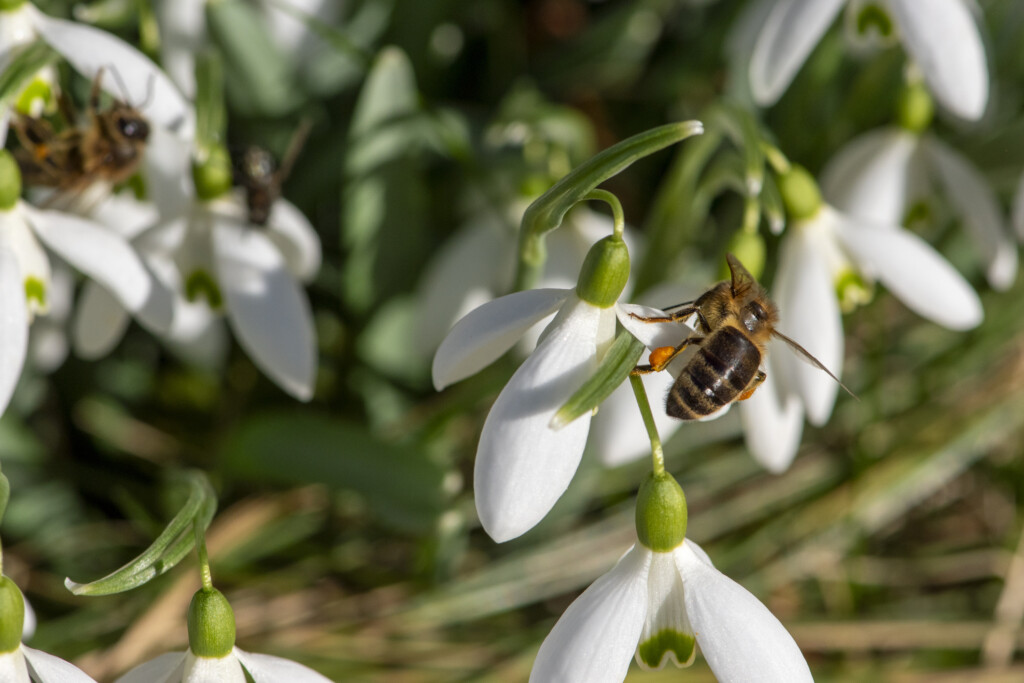Water
New project unearths the importance of soil
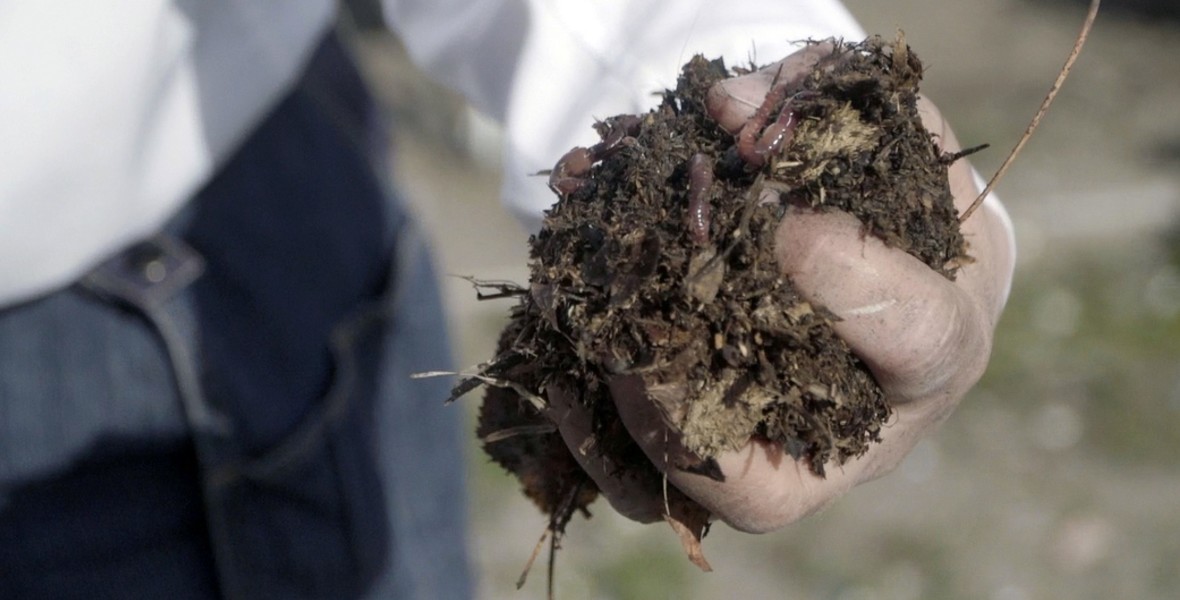
Soil is the foundation we stand on – but it is also an increasingly threatened resource. At the same time, the craze for compost is growing in a burgeoning movement towards plant cultivation. We should embrace this interest in our communities, says artist Janna Holmstedt.
Prenumerera på Extrakts nyhetsbrev!
Läs mer
Håll dig uppdaterad! Få kunskapen, idéerna och de nya lösningarna för ett hållbart samhälle.
Personal data is stored only for the mailing of Extrakt newsletters and information related to Extrakt’s operations. You can cancel the newsletter at any time, which means you will no longer receive any emails from us
We recently picked up a new expression, plant blindness, a phrase coined in 1999 by the botanists James Wandersee and Elisabeth Schlusser. Plant blindness is an inability to notice plants in one’s environment and understand their importance for life on earth.
The time is ripe for taking the next step and learning a new phrase for plant blindness 2.0, says Janna Holmstedt, an artist and researcher in environmental humanities: soil blindness.
“Plant blindness is a great expression, so I’m taking that idea and reworking it into soil blindness. It points to exactly the same mechanism. If plants are easily reduced to a decorative background that we don’t really understand the necessity of, then a brown background is even more low-status.
Soil blindness in the city
In a new art and research project, Holmstedt and her research team are bringing together research, art, urban planning and popular movements to shed light on the most fundamental aspect of our ecology: soil.
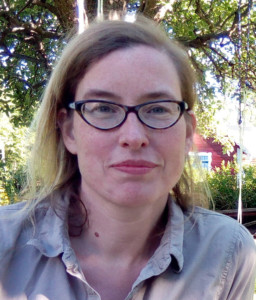
Her project, “Humus Economicus”, addresses soil blindness and the value of soil in urbanized landscapes. A multi-stakeholder collaboration among the National Historical Museums in Sweden, the Posthumanities Hub at Linköping University and KTH Royal Institute of Technology, the initiative involves researchers as well as artists and filmmakers.
“Our goal is to broadly address soil from many angles and then deepen and connect the perspectives. We want to bring about a paradigm shift – envisioning the soil–human relationship in a radically different way.”
“In Humus Economicus, we approach soil not only from a food supply perspective, but we look at the invisible work on climate change that the soil does for us, or is prevented from doing. By focusing our attention on the soil and the ground, we become aware of a multitude of conflicts, connections and dependencies that are crucial to how society can tackle climate challenges now and into the future.”
Soil offers the most advanced, cost-effective technology for reducing the amount of carbon dioxide in the atmosphere, Holmstedt claims, and soil rich in carbon buffers water and mitigates the effects of heat waves and droughts.
What cultivation can bring to light
In her work, she has previously used cultivation as part of her artistic production. Recently, the cultivation and art project “Four Sisters for Planthroposcene” opened at the Malmö Art Museum. Janna Holmstedt and Malin Lobell’s art and research collective “(P)Art of the Biomass” is behind the project.
“Climate change threats and environmental challenges can lie like a suffocating blanket over us, and doing things together can help us. Growing plants gives us a greater understanding of intricate processes,” Holmstedt says.
“Watching a seed grow is a wondrous experience. You get to see and understand the difference between what happens in the ground in healthy soil compared with depleted soil. We’re also looking at how drastically people’s relationship with soil has changed historically and culturally so we can better understand the shifts society is facing today, where the issue of soil is central to the sustainable development goals.”
In the Humus Economicus Collaboratory, she and her colleagues will cooperate with the Forest Garden at Stockholm University campus, and the initiator Christina Schaffer who has established it as part of a summer course in urban farming. There is potential to develop it into a green art lab with multiple functions.
“Interestingly enough, the Forest Garden is located in a place that 200 years ago was called the ‘Experimental Field’ and served as a facility for experimental cultivation and education.”
When urban construction ignores the soil
It will soon be six years since the UN declared the International Year of Soils, and Holmtedt has seen much progress since then. An urban farming movement is underfoot that is grabbing more headlines, as are an awareness of biodiversity and ideas for achieving the transition. But as cities grow, valuable arable land is being developed and garden allotments crowded out.
“To build efficiently, you peel everything away from the ground that was there from the beginning, you build and seal the ground, and then you lay on a thin layer of soil. It’s a good example of how soil is viewed merely as a surface phenomenon and not something alive in and of itself – soil blindness makes you think you can move nature around, build it up and do whatever you want with it.”
Instead, she says that society must unleash the potential of emerging cultivation initiatives. Talking about urban farming as a trend is condescending – it’s more than that.
“Plant cultivation isn’t just something that people flock to in order to feel good. It unites people on so many levels and is a manifestation of something bigger. Many people grow plants as a way to practice their beliefs.”
“People want to do this, but we need methods, stories and tools to move forward. I do not believe that we can solve all the problems we’re facing through this research project. But maybe we can find new ways of asking questions, untying certain knots and making other problems visible.”
Humus Economicus
• The project runs for four years. The first year focuses on finding ways to counteract soil blindness. The next step is seeing whether soil can be viewed as a habitat and living culture, and as key to sustainable futures, rather than as a lifeless substrate.
• One goal is to serve as a bridge between different sectors in order to intergrate global and local perspectives.
• Part of the project is a walking symposium, a hike from Ingentingskogen (the “Nothing Forest”) in Huvudsta to the Experimental Field, which will give participants a new view of the city’s relation to and dependence on soil. In addition to the hike, excursions are also planned elsewhere in Sweden.
